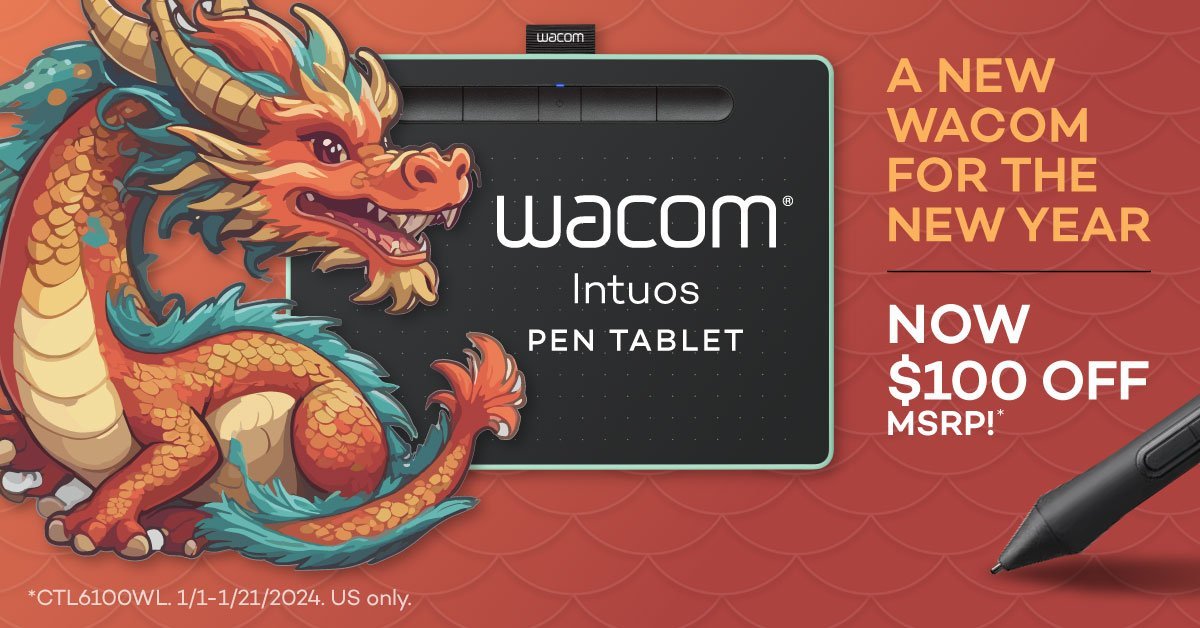Brands can learn a valuable lesson from the Wacom AI drama
Brand values can sometimes feel elusive and mysterious. They often come up as something you should have in strategy meetings or during a branding project. They will be typed up and added to an official document and in some cases… never seen again.
In simple terms, brand values are the beliefs that a company holds.
Your brand values should be carefully considered, as they will ultimately speak to your team, your customers, and your industry. So what do you believe in?
Lego is a good example of a global company living their beliefs. On the values section of their website they state they want to “inspire and develop the builders of tomorrow”. This comes through in their products, marketing, parks and even on their careers page for hiring.
©2023 The LEGO Group (editorial use)
So what happened with Wacom?
Wacom is a Japanese company that makes drawing tablets for digital artists. On Tuesday January 2nd, they launched a deal for the new year. The campaign images went out across their social media and a newsletter. However, their audience were quick to claim that the three pieces of artwork featured in the campaign were generated using an AI tool.
Wacom social media image
Wacom X header image
I don’t want to focus on the ethics of AI (that’s for another post) but instead let’s look at what this marketing campaign meant for communicating their brand values. What does it say about Wacom’s beliefs?
The majority of Wacom’s customers are digital artists and designers – from hobbyists to professionals. They value creativity, artistic skill and the art that the community creates. Wacom’s own survival depends on these artists continuing to work and buy their products.
The reason this marketing backfired so badly is that there is an apparent conflict in values between what the company is saying and what they are doing, according to their customers. Wacom can’t claim to value the creativity of their customers while allegedly avoiding paying artists for their work.
Update January 9th: Wacom’s statement
Why does it matter?
This is an obvious example of a conflict in values, and we can use it as a prompt to look at our own brands to see if we are doing any better.
Your customers are watching what you say and what you do. This goes beyond marketing. It stretches to the partners and suppliers you work with, the policies you enforce, and the people you hire.
It’s also becoming more important to consumers according to recent research by Google Cloud.
“82% of shoppers prefer a consumer brand’s values to align with their own, and they’ll vote with their wallet if they don’t feel a match. Three-quarters of shoppers reported parting ways with a brand over a conflict in values.”
What can we learn?
The biggest takeaway is that your brand values should not live in a strategy document where no one will ever find them.
They should be part of your day-to-day decision making at every level in your company. They will help your teams to work in harmony towards the same goals. They will tell your customers exactly what you stand for and what you believe in. They will even help you hire and decide what products to develop next.
If you’re not sure what the right move is for your company, consult your brand values!
Cova works with brands to tell their story through design and strategy to connect with their audience. Contact us if you are interested in finding out more.
Cover photo by Dan Cristian Pădureț on Unsplash



